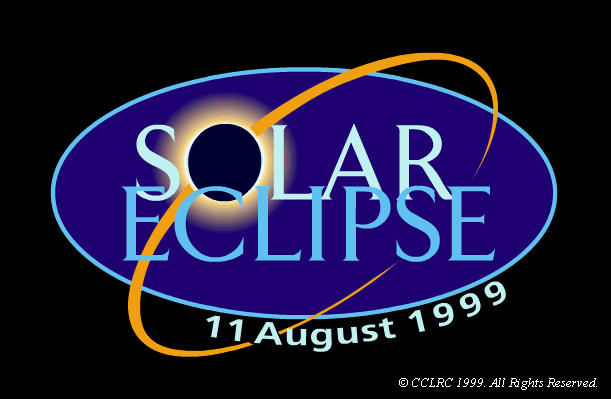
are sponsored by
The Radiocommunications Agency

|
These pages and experiments are sponsored by The Radiocommunications Agency |
|
![]()
Scientists from Oxfordshire's Rutherford Appleton Laboratory are asking the public to help with some unique experiments during the total solar eclipse on August 11th this year. At this time, RAL, in partnership with The Daily Telegraph and BBC Online are asking for your help in answering the question "Is our sun getting brighter?"
You can help us by simply listening to your radio.
By comparing this year's measurements with those made during eclipses in the 1930s and 1940s, we hope to find out if the corona has grown brighter.
An experiment like this has been impossible until now. The last time a total eclipse was visible from the UK was in 1927 when very few households has radios and ionospheric science was in it's infancy.
The more we can find out during the eclipse, the more we will learn. This is why we are asking for help from the public. By tuning in to selected foreign radio stations during the eclipse, you can help us build up a map of where the signals were heard across the UK.
One such station is broadcast from La Coruna in northern Spain on 639 MW . In the UK, this station can only be heard at night. If we hear it on the morning of August 11th, we know the eclipse has had a dramatic effect on the ionosphere.
The only equipment you will need is a MW radio. All information is useful to us, so please let us know what happened, even if you did not hear the radio station. For those of you who are interested in doing this experiment in slightly more detail, follow the link below.